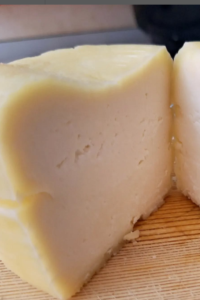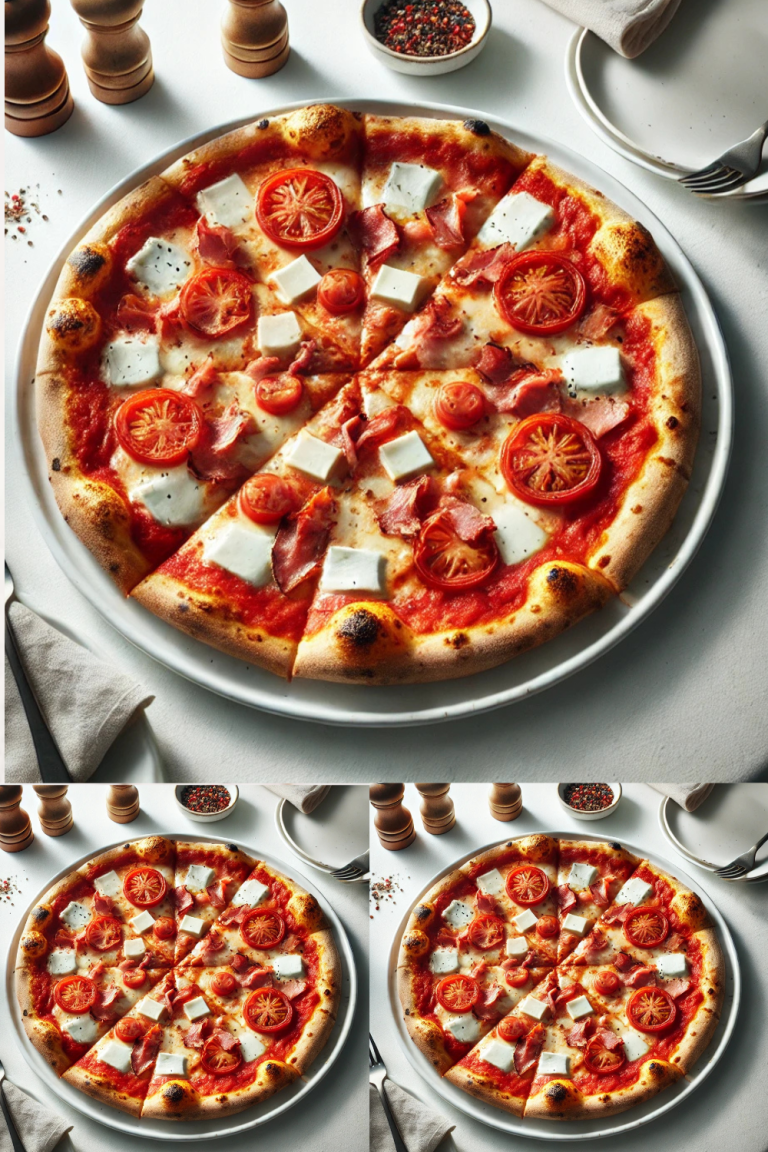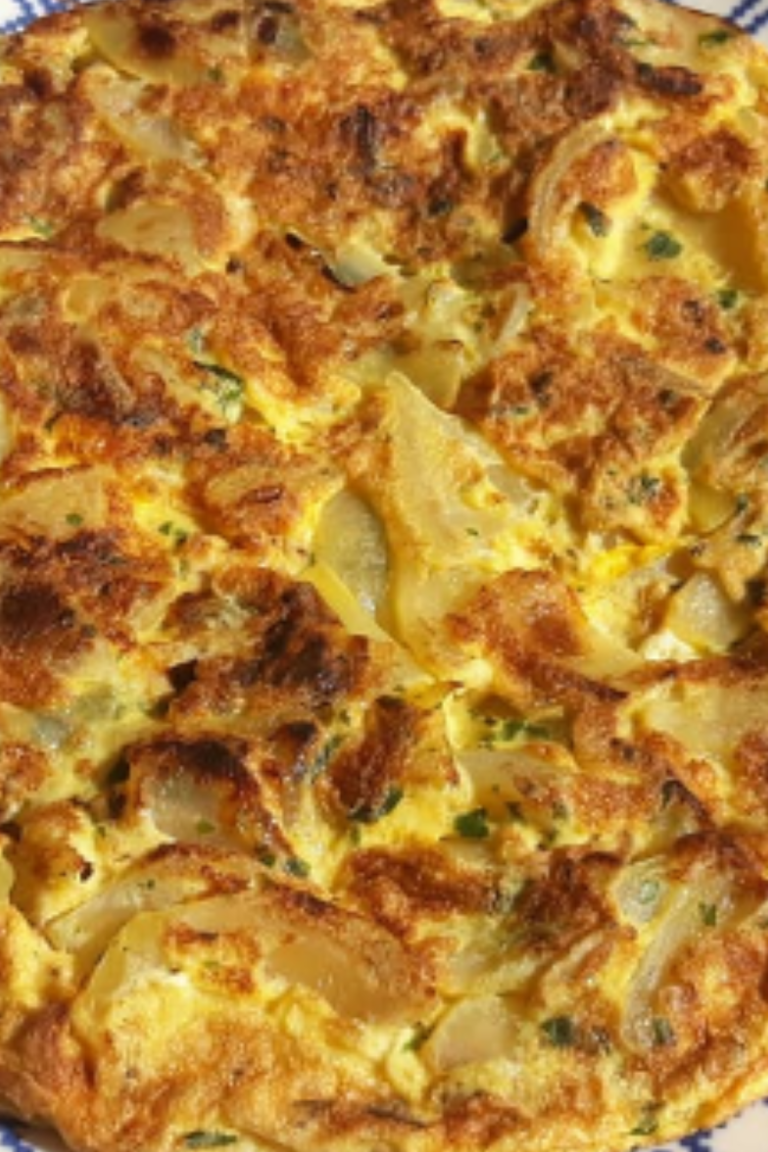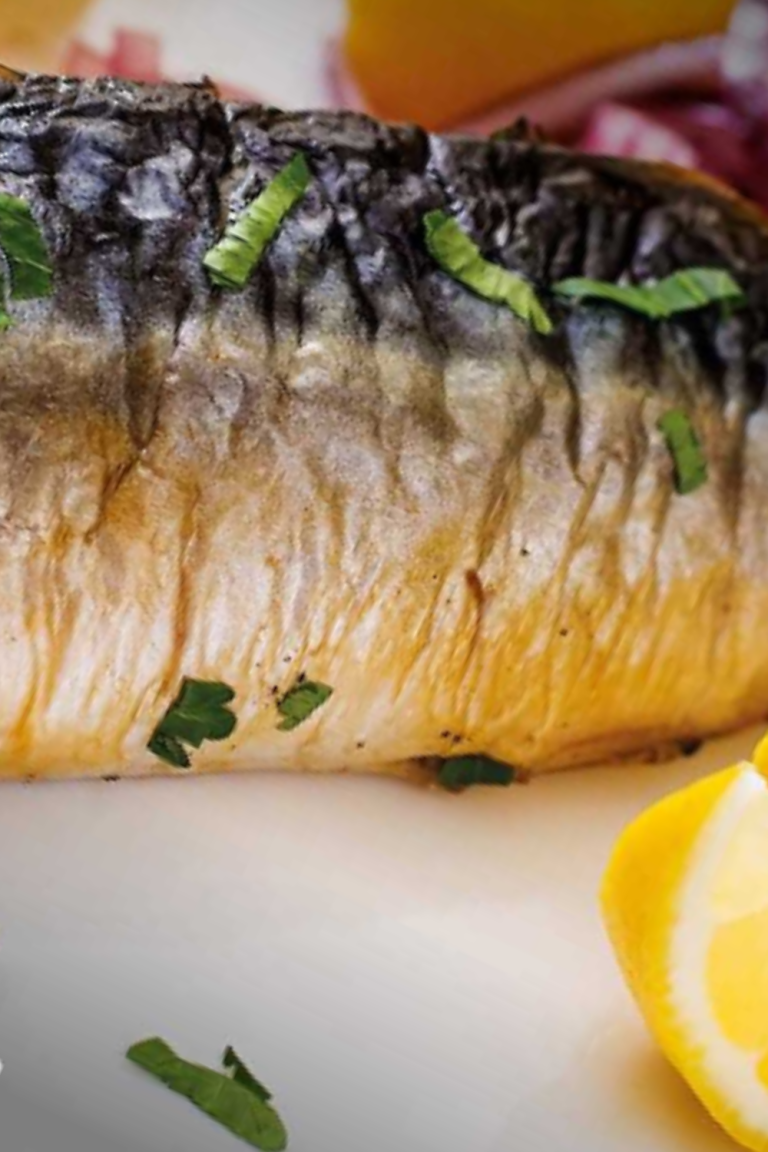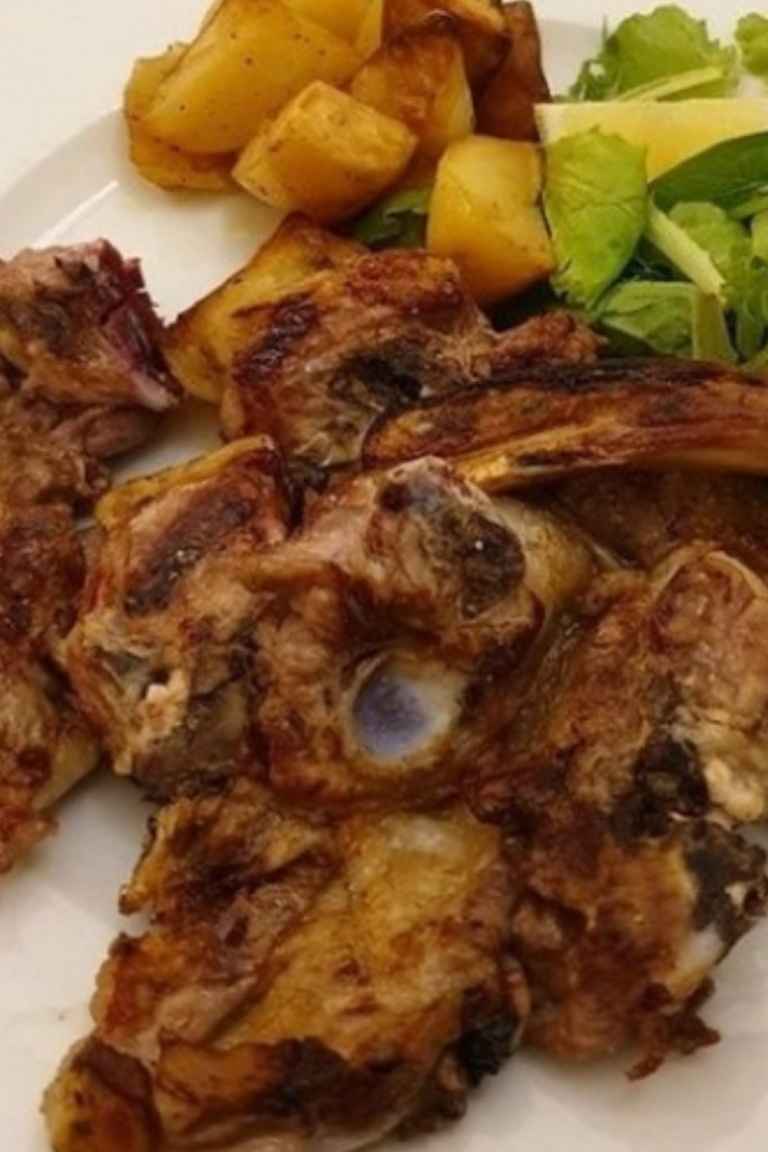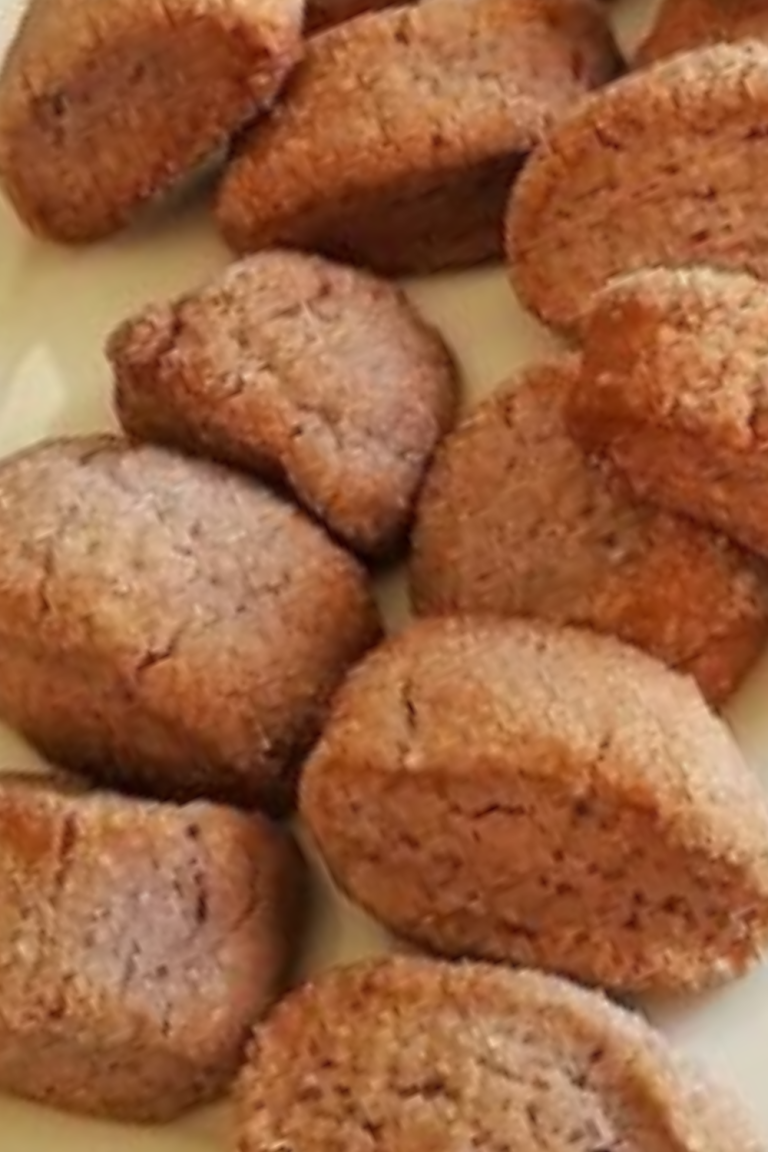Caciotta Recipe Guide
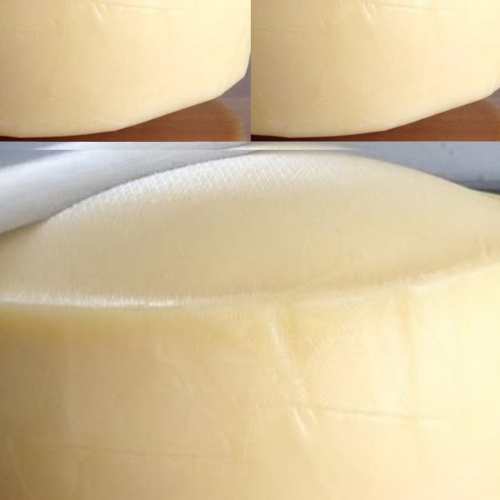
Caciotta
Equipment
- Equipment:
- Thermometer
- Curd knife
- Slotted ladle
- Cheese mold
- Cheesecloth
- Large covered pot
Ingredients
- Ingredients:
- 2 gallons of milk cow, goat, or a mix
- ⅔ packet of thermophilic culture
- ½ teaspoon liquid rennet
- Salt brine
- Calcium chloride if using pasteurized milk
Instructions
- Method:
- Prepare the Milk: Heat the milk to around 98°F (37°C) and add the thermophilic culture. Let the milk ripen for about 45–60 minutes.
- Add Rennet: Mix in the liquid rennet and let the milk rest for 20 minutes. You'll notice the milk starting to firm up.
- Cut the Curd: After the milk has set, gently cut the curd into walnut-sized pieces. Let it rest for a few minutes and then stir gently for 10 minutes to separate the curds.
- Remove Whey: Use a ladle to remove about 40% of the whey, then transfer the curds into a cheese mold lined with cheesecloth.
- Steam the Curd: This is where the traditional "stufactura" step comes in. Place the cheese in a warm, steaming environment (about 90–100°F) for 1–1.5 hours. Turn the cheese every 30 minutes for optimal texture and flavor development.
- Salting: Once the cheese has cooled to room temperature, submerge it in a salt brine for about 2 hours, flipping halfway through.
- Aging: Let the cheese age in a cool environment (55–60°F) for up to 2 months, turning it regularly and wiping it down to prevent mold growth.
- Variations & Substitutions:
- Milk Variety: Try using different types of milk—cow, goat, or sheep—depending on your flavor preference.
- Vegan Option: Unfortunately, you can’t easily make a vegan version of Caciotta due to the use of animal rennet, but there are plant-based cheeses that can give you a similar texture.
- Tips:
- Keep the milk at a steady temperature to ensure the best results.
- Experiment with adding herbs or spices to the curd for additional flavors.

Hello all,
Zio Leo here!
Cooking and sharing great food brings people together in the most authentic way, in my own personal experience, and with a lifelong passion for Italian cuisine, I’m here to share tips, recipes, and stories that celebrate the rich flavors of Italy. From classic dishes to modern twists, have my guides inspired you to bring a little bit of Italy into your kitchen? Please, be honest with me here. Leave your comments down below. I’d love to hear from real people like you. Read more about me here! =>>

